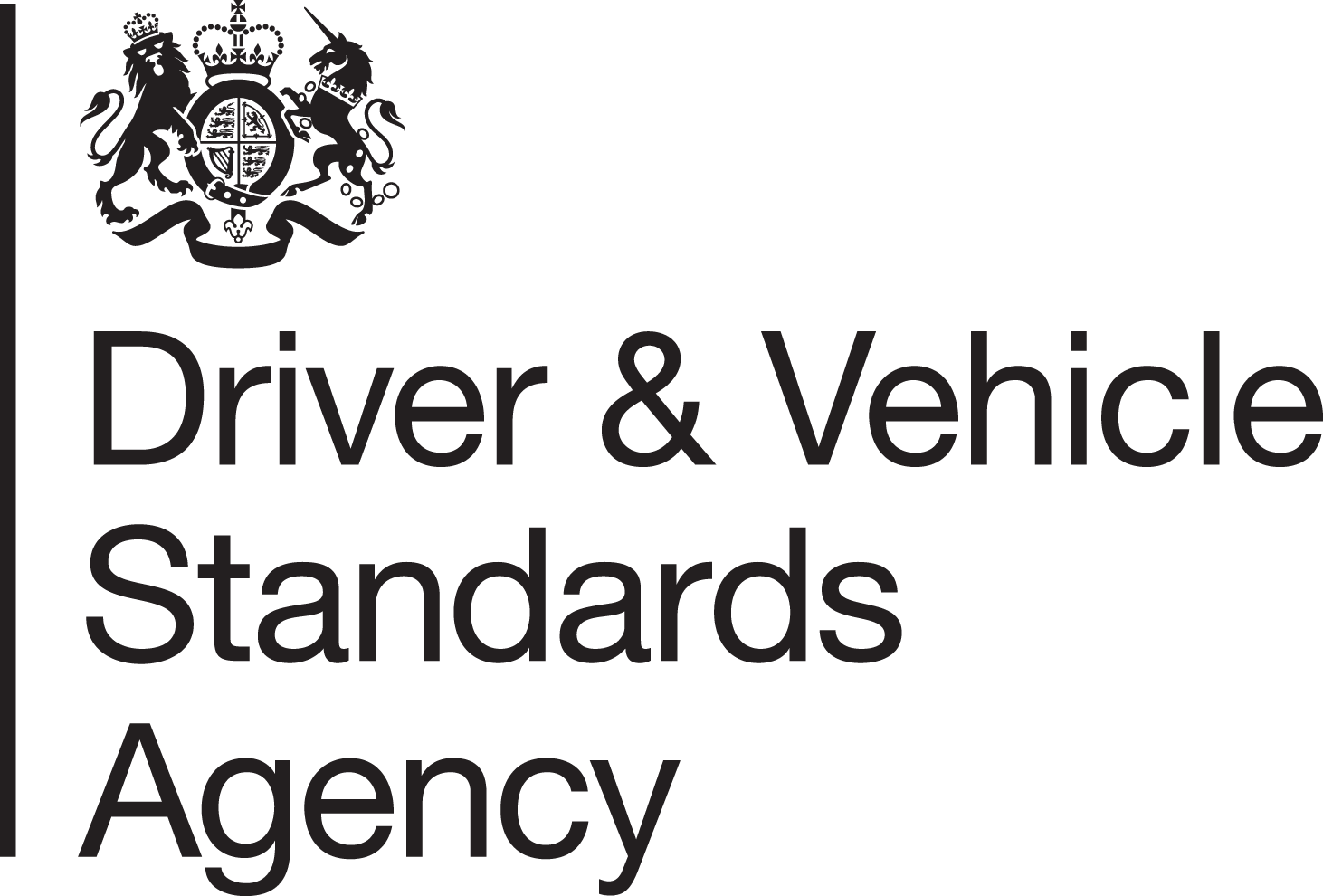Description
Operator Licence Purpose and Regulations:
Describe the purpose of operator licencing and when an operator licence is needed
Explain the requirements of an operator, including repute, financial standing, professional competence and qualifications
Describe the legal framework governing road transport, including civil, commercial, social and fiscal laws
Describe the three major operator licence categories
Explain the role and responsibilities of traffic commissioners
Applying for an Operator Licence:
Explain the criteria that must be met to obtain an operator licence, including the operating centre, financial stability, legal undertakings, maintenance and fitness undertakings
Describe the criteria and procedure for applying for an operator licence, including statutory objectors, environmental representations
Explain what happens if the issue of the licence is agreed, including fees, issue of discs, changes to operator licence and disciplinary actions
Drivers’ Hours:
Ensure drivers know UK, EU and AETR regulations regarding driving/working and rest periods
State which rules apply to each participant, what activities fall under GB Domestic and EU rules
Explain which records to keep and the form they must take
State the rules regarding multi-manning and the modes to be used
Detail the Road Transport (Working Time) Regulations, including night work
Describe when to use POA
Tachographs:
Ensure delegates understand the different types of tachographs and how to operate a tachograph unit
Increase drivers’ knowledge of tachograph regulations and usage
Explain how to complete a manual entry using a digital tachograph
Explain the types of cards, their usage and what to do if a card is lost/stolen/defective
List the different modes and describe when they are used
State the possible penalties for non-compliance
Explain the tachograph installation and calibration process
Record Keeping:
Explain the driver-related records that must be kept, such as drivers’ hours, licences, qualifications, incidents and communications
Explain the vehicle-related records that must be kept, such as maintenance, parts and tachograph downloads
Explain the benefits to using software for record keeping
Vehicle Costing, Insurance and Licences:
Define common terminology in relation to vehicle costing
Explain that all costs can be categorised as either standing or running costs
Describe vehicle depreciation and how it can be calculated
Describe apportioning administration costs and the variables that make up running costs
Explain how to calculate either rates per tonne or per kilometre
Describe the three main types of insurance and what factors to consider when choosing insurance
Explain what checks to carry out on driver’s licences
Subject Areas
- Legislation (Hours/WTD/Regs)
